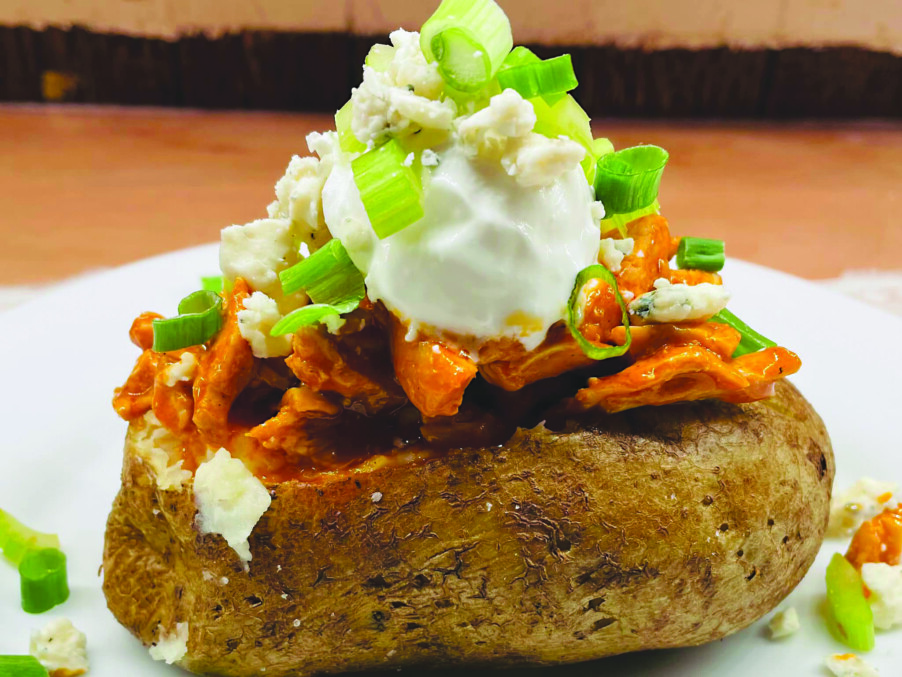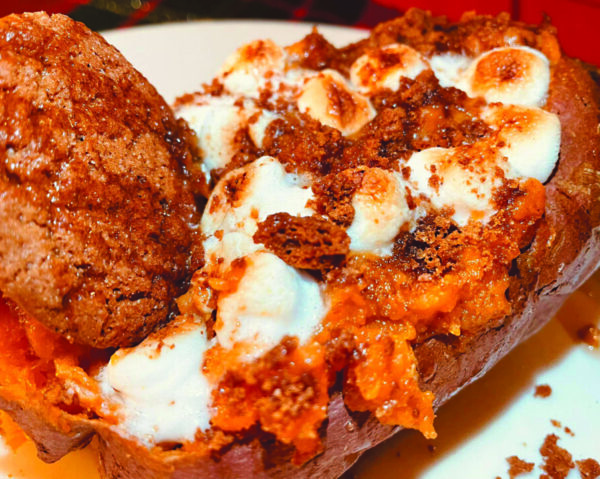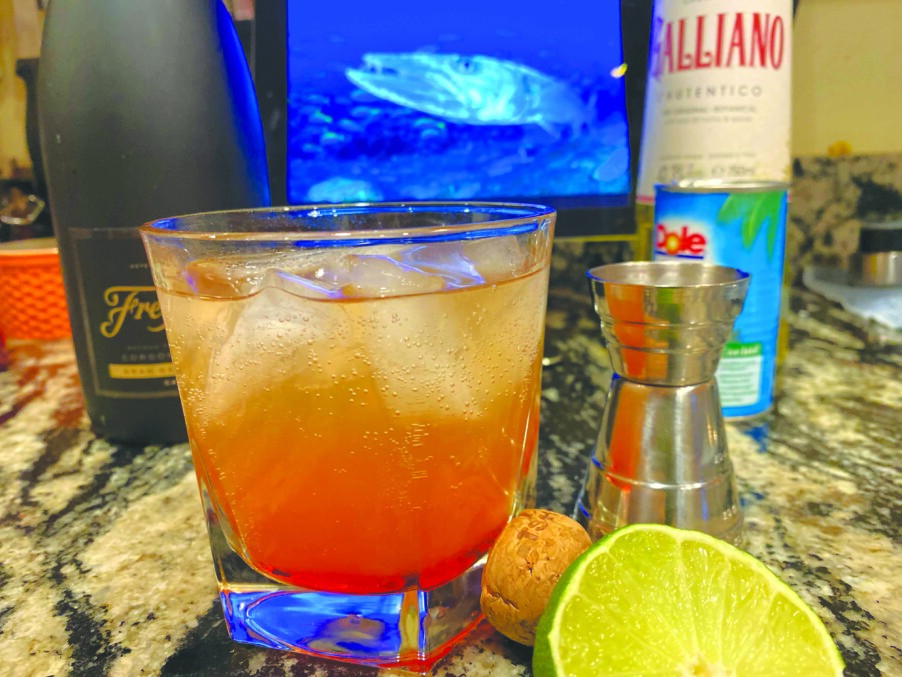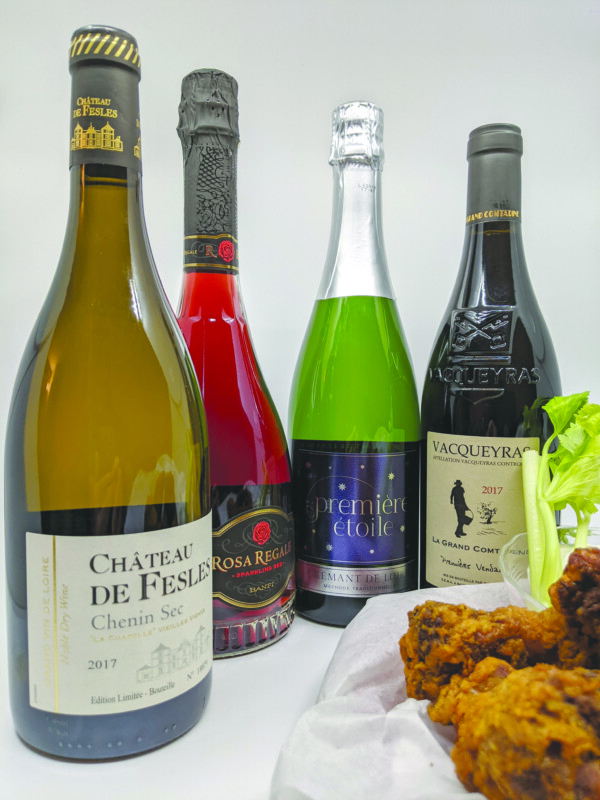Self-serve wine bar coming to Bedford
While down in South Carolina for work, Leah Bellemore was introduced to Ardoa, a wine bar featuring interactive self-serve dispensers used to sample selections by the glass.
“Immediately, I got online and tried to find out if there was anything like this in New Hampshire,” said Bellemore, who lives in Bedford with her husband, Tom, and two daughters. “It just seemed like the coolest business model that I could ever experience.”
An internet search revealed the nearest self-serve wine bar to be all the way down on the South Shore of Massachusetts, and that was when Bellemore realized she had a unique opportunity.
At Vine 32 Wine + Graze Bar, on track to open soon in Bedford Square, you’ll be able to try different wines at your own pace in a casual, relaxed environment. A total of 32 options sourced from all over the world will be available out of several Italian-made self-serve Enomatic wine dispensers, which are able to preserve them for up to 65 days.
“What’s really wonderful about it is that we’re able to offer higher-end wines … that maybe you wouldn’t be able to try anywhere without committing to a whole bottle,” Bellemore said. “Since they’ll be rotating, you can try something new every single time you come in, and really be able to expand upon what you might not even know your preference could be.”
Wine drinkers can choose from three servings of one-, four- or six-ounce pours of each. Similar to opening a tab at a bar, you’ll get a wine key card upon checking in — that key card is your tool to access the dispensers, and it even keeps track of your overall usage.
“They have a monitoring device on them,” Tom Bellemore said. “There are so many volumes per hour and we can adjust it … but it shuts them off, so we have that extra layer of security.”
Staff members known as “wine liaisons” will be on hand to help you use the machines. Leah Bellemore said they’ll also be trained to show you what to look for and offer suggestions for your next wine choice, including some of the best available wine and food flavor pairings.
“This is really more of an approachable way to just figure out what you like,” she said.
In addition to the self-serve wines, Vine 32 will offer a food menu featuring customizable charcuterie boards. Each will come with fig jam, a crusty baguette and an assorted nut blend and will have a variety of locally sourced meats, cheeses and produce, as well as items like tapenades, hummus and a nduja, a spicy prosciutto spread.
Also available will be a few flatbreads with flavors like pesto chicken and margherita, and some sweeter items, from assorted macaroons and truffles to a cookie skillet à la mode.
Vine 32 won’t require reservations to use the wine dispensers. For larger parties of eight or more, it can host everything from birthday parties to networking or corporate events. A patio is also planned for the space by the spring or summer.
Vine 32 Wine + Graze Bar
An opening date is expected to be announced in the coming weeks. Visit their website or follow them on social media for updates.
Where: 25 S. River Road, Unit 107, Bedford
Anticipated hours: Tuesday and Wednesday, 4 to 9 p.m.; Thursday, 4 to 10 p.m.; Friday, 4 to 11 p.m.; Saturday, 2 to 11 p.m., and Sunday, 2 to 9 p.m. (closed on Mondays)
More info: Visit vinethirtytwo.com, or find them on Facebook and Instagram @vinethirtytwo
Featured photo: Courtesy photo.








